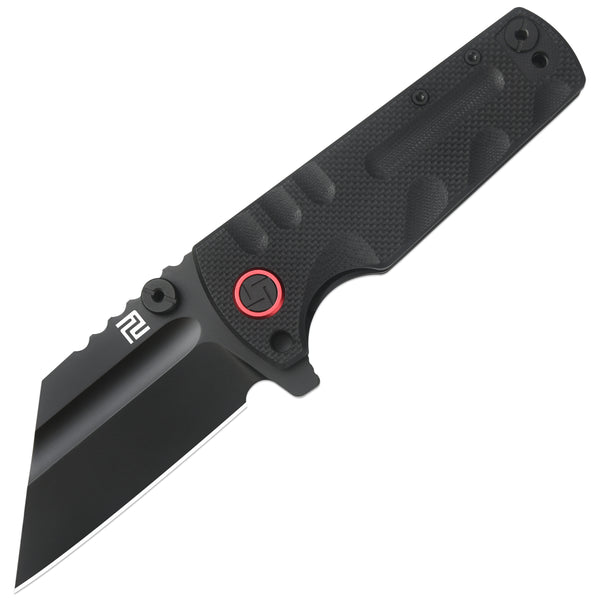Folding pocket knife is a versatile tool that has been in use for centuries. It's a popular tool among outdoorsmen, hunters, fishermen, and just about anybody who needs to cut something. These knives come in different shapes and sizes, but one of the most critical factors to consider when choosing a folding pocket knife is the type of blade material.

In this article, we're going to evaluate the pros and cons of different types of blade materials commonly used in folding pocket knives.
Stainless Steel
Stainless steel is one of the most popular blade materials used in folding pocket knives. It's a durable, corrosion-resistant, and easy-to-maintain metal alloy. Stainless steel blades are easy to sharpen and hold an edge well, making them perfect for everyday use.
However, stainless steel isn't perfect. It's not as hard as other materials, and it tends to lose its edge quickly when compared to other blade materials. If you're looking for a folding pocket knife that can hold an edge for a long time, stainless steel may not be the best choice.
High Carbon Steel
High Carbon steel blades are strong, durable, and hard. They can hold an edge for a long time, making them perfect for heavy-duty tasks. While high carbon steel blades require more maintenance and care than stainless steel blades, they offer superior toughness and edge retention. If you're looking for a folding pocket knife that can survive harsh conditions and work, high carbon steel blades are an excellent choice.
The downside of high carbon steel blades is that they can corrode quickly, especially in humid and damp conditions. They're also prone to staining and rusting, and require regular maintenance to prevent degradation.
Damascus Steel
Damascus steel blades are beautiful and unique. They're created by forging and layering different metals together to create a patterned blade that looks like rippling water. Damascus steel blades are incredibly hard, sharp, and durable.
The downside of Damascus steel blades is that they're expensive and require a lot of maintenance. They're prone to chipping and cracking, and the layered metals can cause the blade to break under heavy use.
Ceramic
Ceramic blades are incredibly sharp, durable, and lightweight. They're non-corrosive, non-reactive to acidic foods, and won't rust. Ceramic blades are perfect for slicing fruits, vegetables, and boneless meats. Ceramic blades are also ideal for people with allergies to metals or who want to avoid contamination.
The downside of ceramic blades is that they're brittle and can shatter under heavy pressure. They're also difficult to sharpen, and require specialized equipment.
Titanium
Titanium blades are lightweight, strong, and resistant to corrosion. They're easy to sharpen and hold an edge well. Titanium blades are ideal for outdoor activities, hunting, and fishing.
The downside of titanium blades is that they're expensive, and the production process is difficult. They're also prone to chipping and may not hold an edge as long as other materials.
Conclusion
Folding pocket knives are an essential tool for anybody who needs to cut something. There are many blade materials to choose from, each with its own advantages and disadvantages. When selecting a folding pocket knife, consider the tasks you'll be performing and the conditions you'll be using it in. By evaluating the pros and cons of each blade material, you can choose the right one for your needs.








